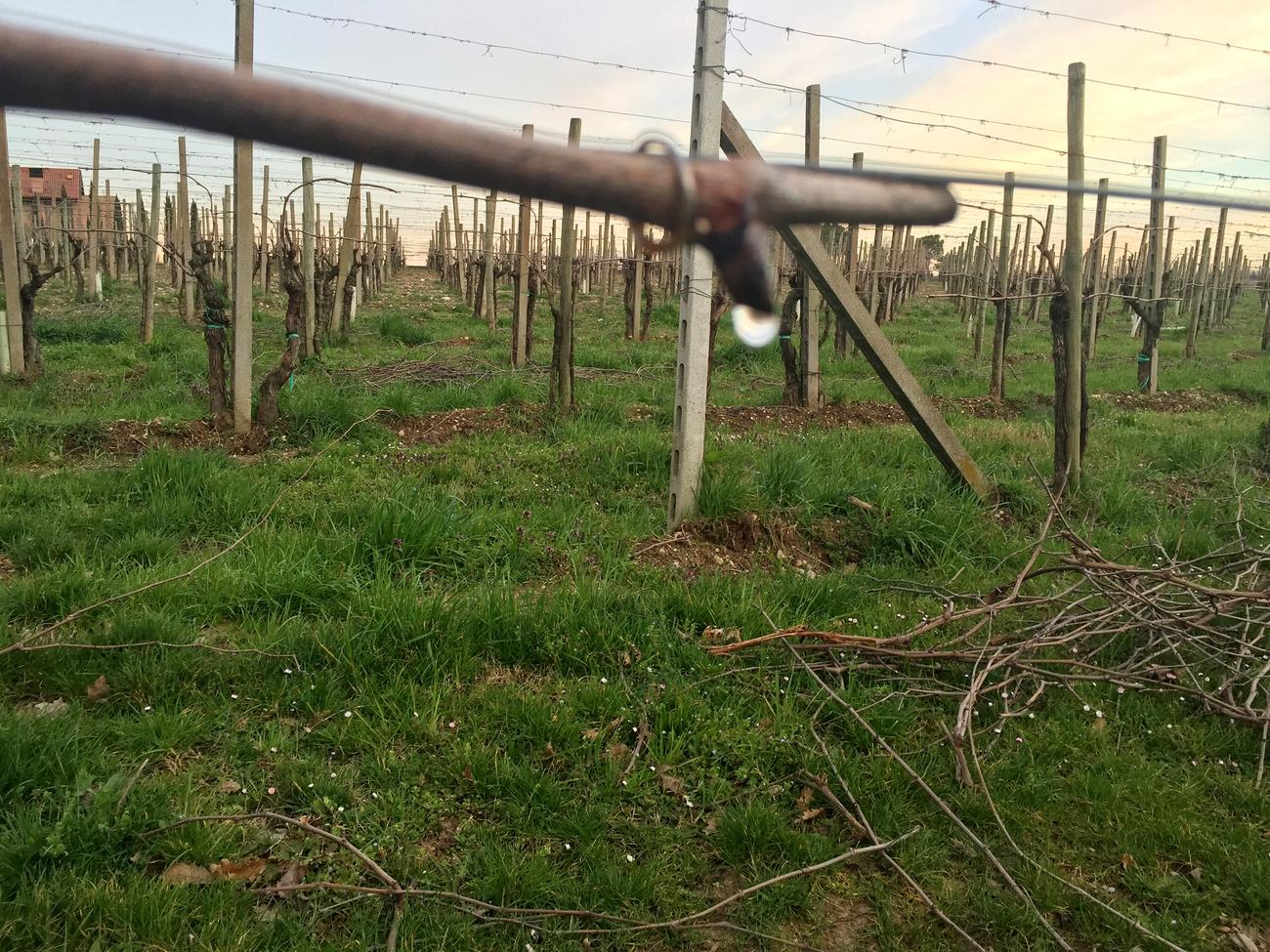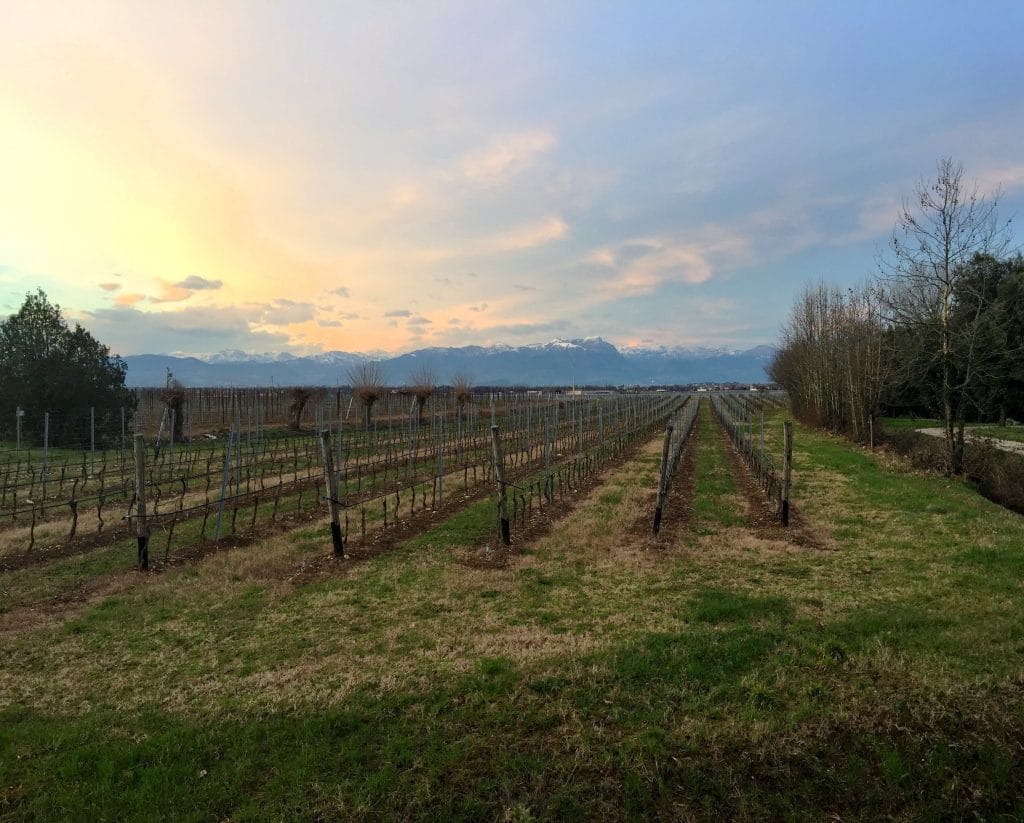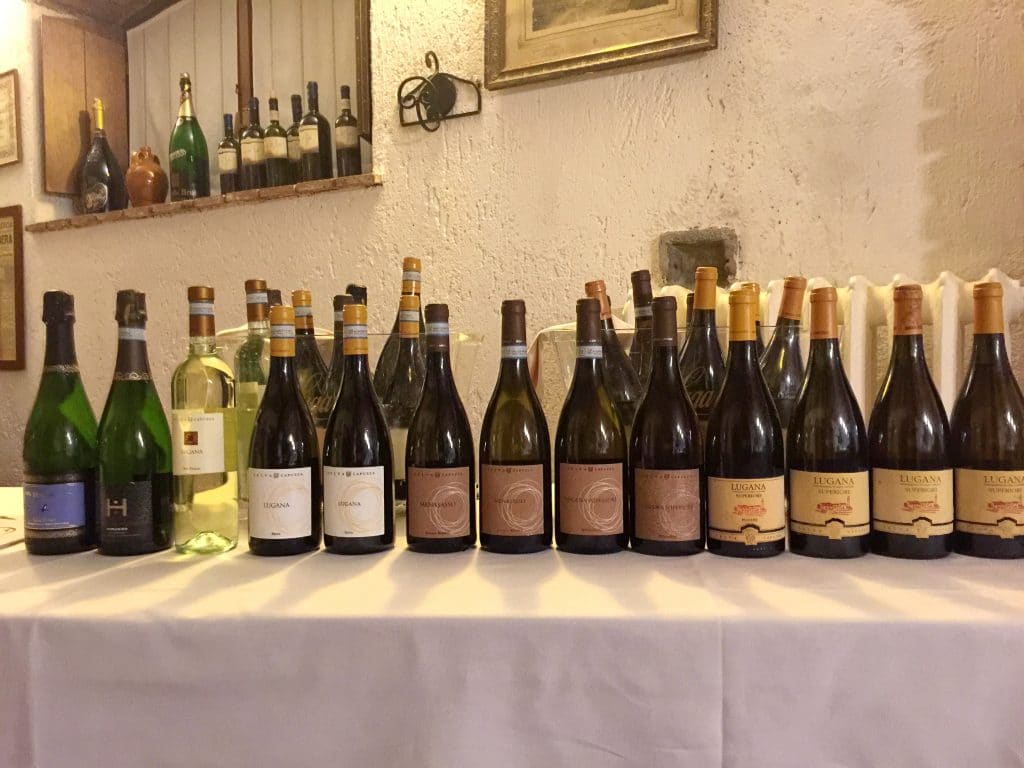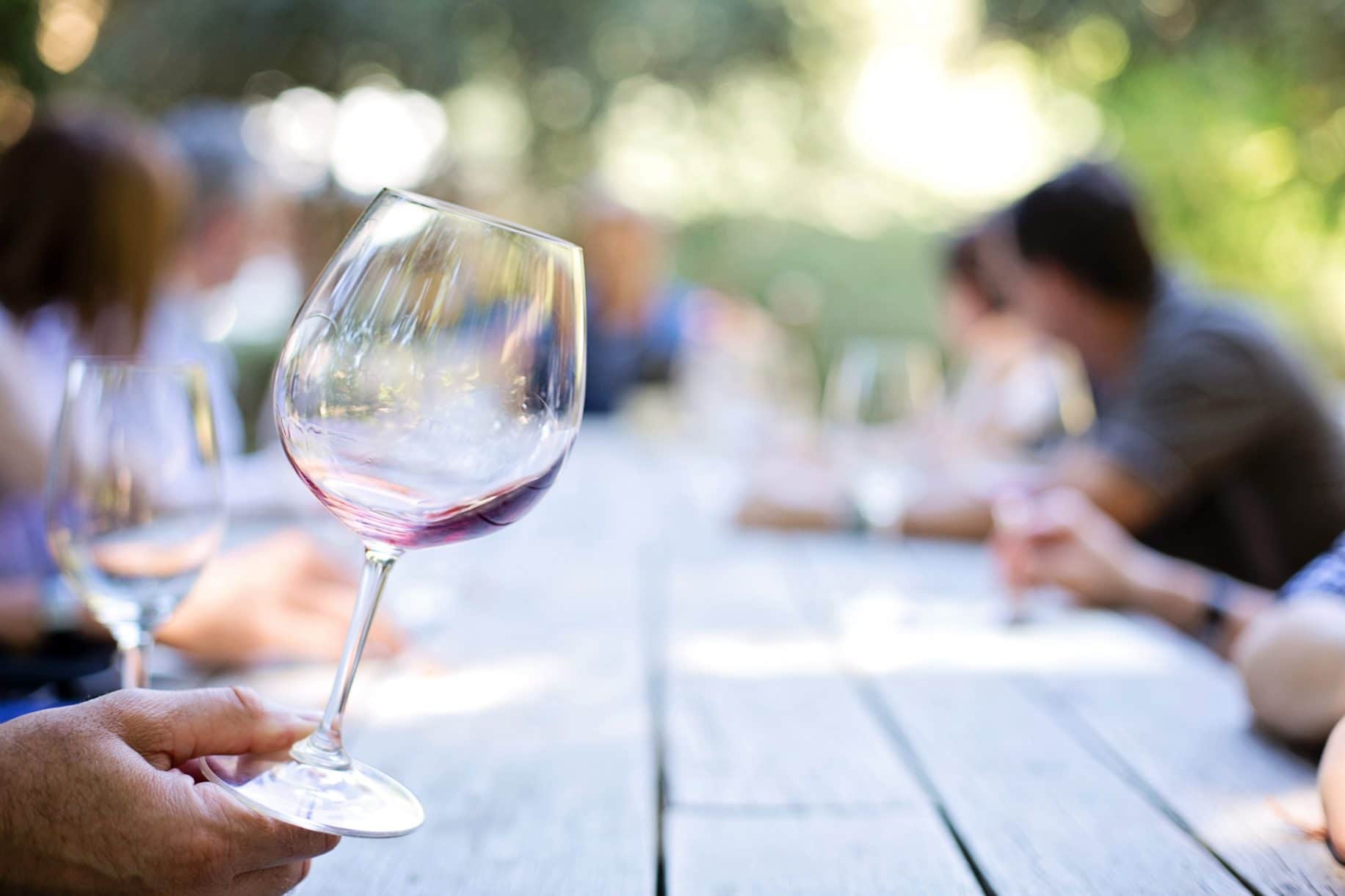So you think that Rome, Florence or perhaps Lake Como are the most romantic spots in Italy? Meet Northern Italy’s Veneto region, with its epicenter of charming Verona. This is where Romeo and Juliet famously fell in love, setting a standard for the rest of us that has stood the test of time.
Home to the former Venetian Republic, it ruled the ancient part of this world from 7th century A.D. all the way to the 18th.
The Republic’s influence flowed from Venice, the capital of Veneto region. It was a land of storied conquests, colossal power, and sweeping influence; all cloaked in mystery and intrigue.
Veneto is the largest wine production region in Italy, boasting twenty-eight DOCs and fourteen DOCGs, eight of which intersect with their bordering regions.
In its heart lies an area called Lugana, a somewhat obscure, small wine province that overlaps the Veneto region to the east and Lombardia to the west. The name is likely a Latin derivative, lacus lucanus—or “lake in the woods,” denoting its once substantial woodlands. It is framed by the southern end of Lake Garda, Italy’s largest freshwater lake.
Lugana DOC, a small region with just over one-hundred producers and around a hectare of vines, was established in 1967. The vineyards are a relatively recent addition to the picturesque fishing villages. They grow in chalky limestone, calcareous and clay soils, that are rich in calcium and mineral deposits. The region enjoys a mild continental climate, influenced by the lake. Those combined factors insure that the fruit reaches high levels of physiological which results in wines that show ripeness, bold flavor and complexity.
The local grape variety, Turbiana or Trebbiano di Soave, dominates the plantings, with roughly a thousand hectares (about 2,400 acres) under vine. Turbiana is a “late bloomer,” it has thick skin and typically ripens later in the growing season. It is prized for its vibrancy, elegance, fresh acidity and minerality. For the longest time, it was believed to be a version of Trebbiano (which originates from Cognac, France). However, in 2008, it was discovered that Turbiana is, in fact, genetically related to Trebbiano di Lugana and Verdicchio Bianco, which is widely cultivated in Marche.
The white wines produced in Lugana are required to have a minimum 90% of Turbiana. A minor percentage of Garganega, the dominant grape variety of Soave, is sometimes used. However most Lugana wines are 100% Turbiana. Acclaimed for their solid structure, light spice and distinct floral fragrance, they are typically fresh and vibrant.
The vast majority of Lugana wines tend to be crafted in a dry, medium-bodied style with bright acidity and integrated fruit characters. These are typically unoaked, lighter wines with rich texture and pronounced minerality. They make for a fantastic pairing with local dishes, particularly lake fish, such as perch and trout.
Lugana also produces small amounts of sparkling wine and Chiaretto-style light reds and rose. They are sold primarily to the local markets and are made for immediate consumption.
There are three distinct Lugana styles:
- Basic: Fresh, fruity, dry, they are designed for instant gratification. These comprise the majority of wines made in the region.
- Superior: These wine requires a year of aging, and are produced with lower yields.
- Reserve:Reserve wines designate require two years of aging and at least six months in bottle. About five percent of wines made in this area earn this designation.
Some Lugana vintners produce wines that are full-bodied and quite age worthy. Lighter, and higher in acid, they fare well in the cellar. One of the most profound experiences I had in Lugana originated from a visit to just such a brand, Selva Capuzza. I found many of their wines remarkable—clean, distinct, and pure. They showed the type of tension and delineation that you might expect from a refined Burgundy.
Selva Capuzza, a winery and hospitality center, sits on a sprawling 124-acre estate, set against the backdrop of sloping hills at the southern end of Lake Garda. It is a family-owned estate. Selva Capuzza is the only winery in the area which produces wine in three DOC appellations: Lugana, San Martino della Battaglia, and Garda Classico.

The Formentini family takes pride in using only native grape varieties. Their white varieties are produced from Turbiana and Tuchi grapes. Their reds and rosés are made from Barbera, Groppello, Sangiovese and Marzemino.
The estate wines are all vinified on site, in a cellar built in 2001. The production team is led by Luca Formentini, with the help of a viticulturalist, oenologist and Cellar master.
I was privileged to taste their 1998 Hirundo sparkling, elegant 2001 Riserva and vibrant 2003, amongst others. I tasted a total of two dozen wines, some from a magnum. They were revelations in Lugana’s grace and stamina.
After all the tasting I had an opportunity to dine at the wonderful Cascina Capuzza – a restaurant housed in the 13th century farmhouse. It serves all of Selva Capuzza wines by the glass and even offers vertical tastings, matched with locally sourced, seasonal, historically inspired fare. The handmade pastas were exquisite; as were proteins cooked on the wood-burning grill. Both will send you into a happy food-comatose state. Afterwards a walk is recommended. Handily, the vast meadows, picturesque vineyards, large oak trees, olive orchard, and truffle grounds await.
Lugana wines are not well-known in the U.S., but they should be. They offer an opportunity to experience an enormously diverse and rich landscape of Italy’s indigenous grape varieties as interpreted by local vintners. There is an abundance of styles for every palate. I enjoyed every moment I spent with them, and can’t wait for more.








You must be logged in to post a comment.